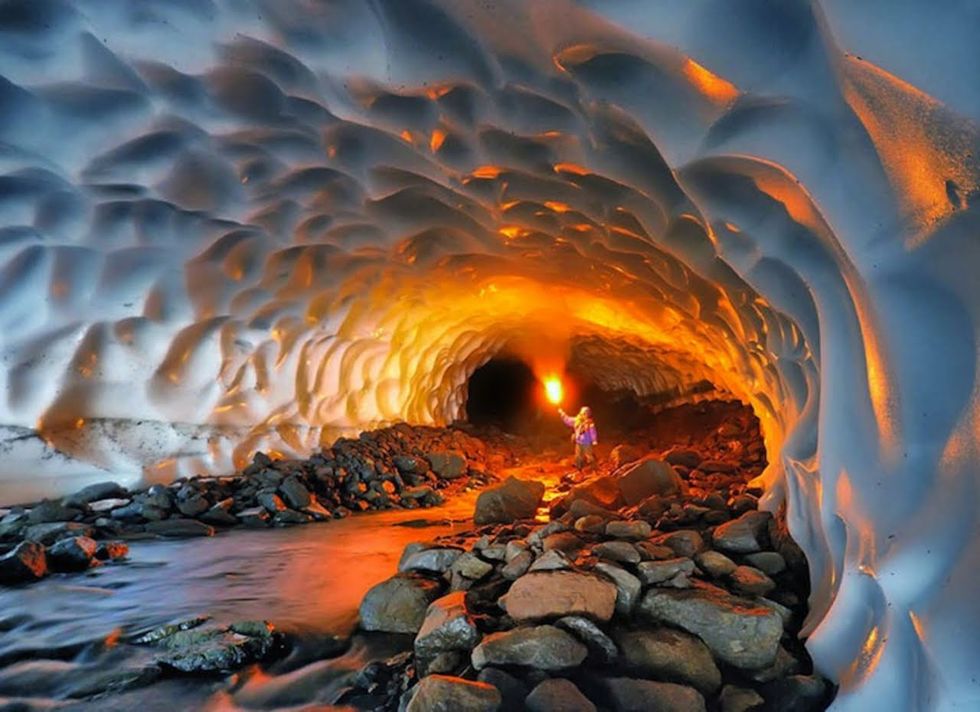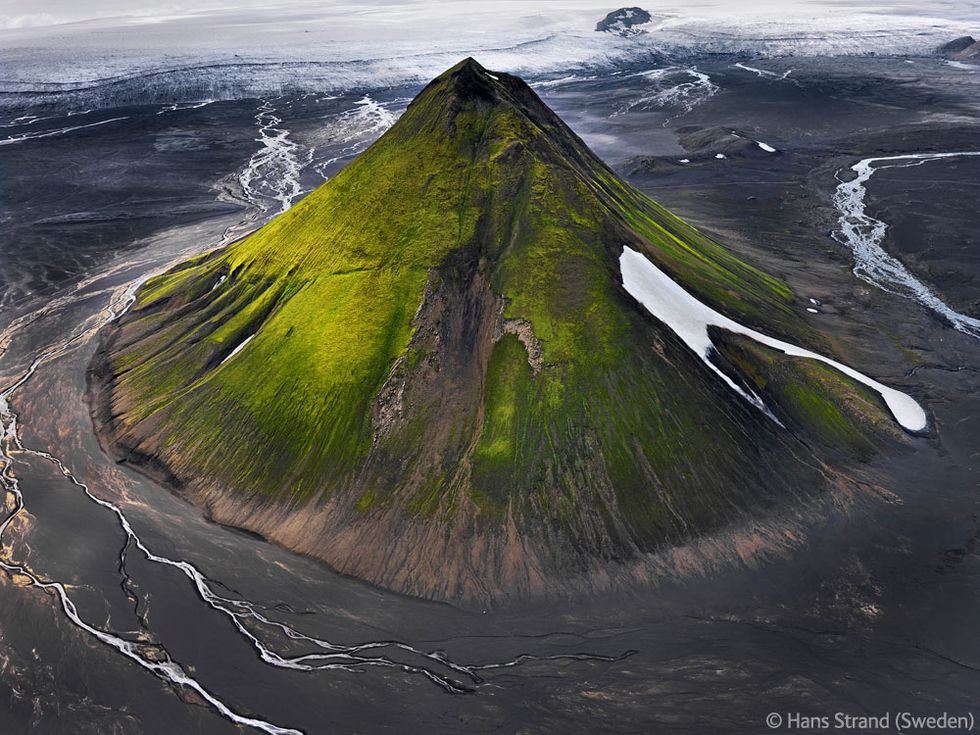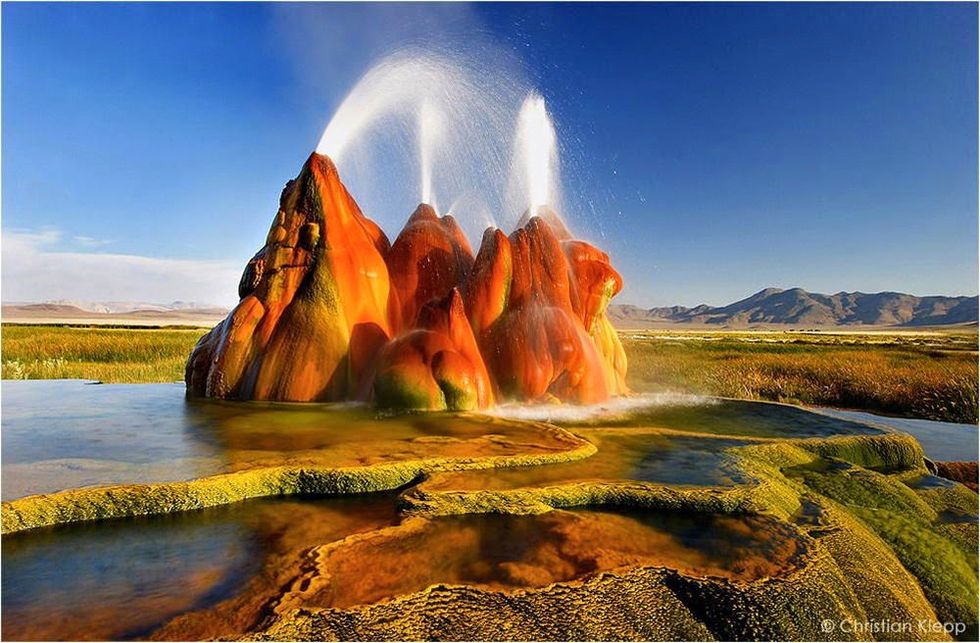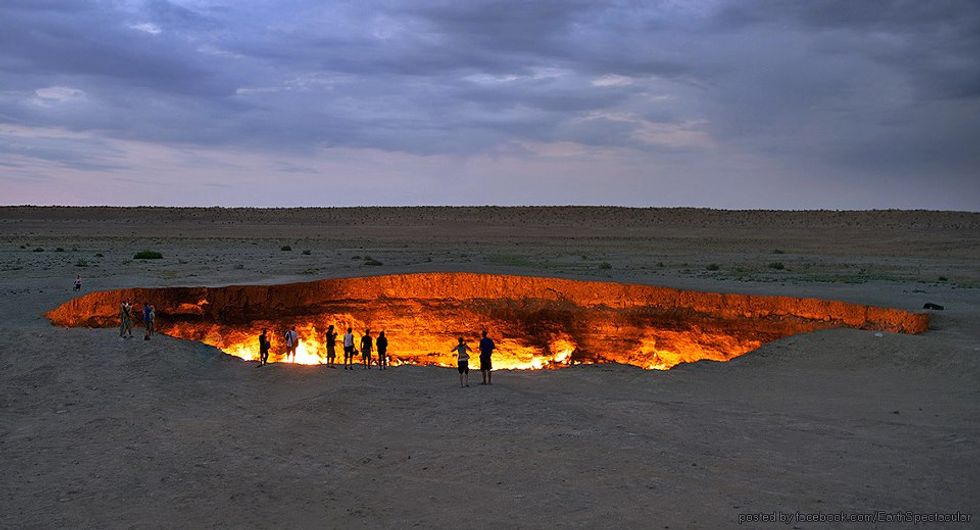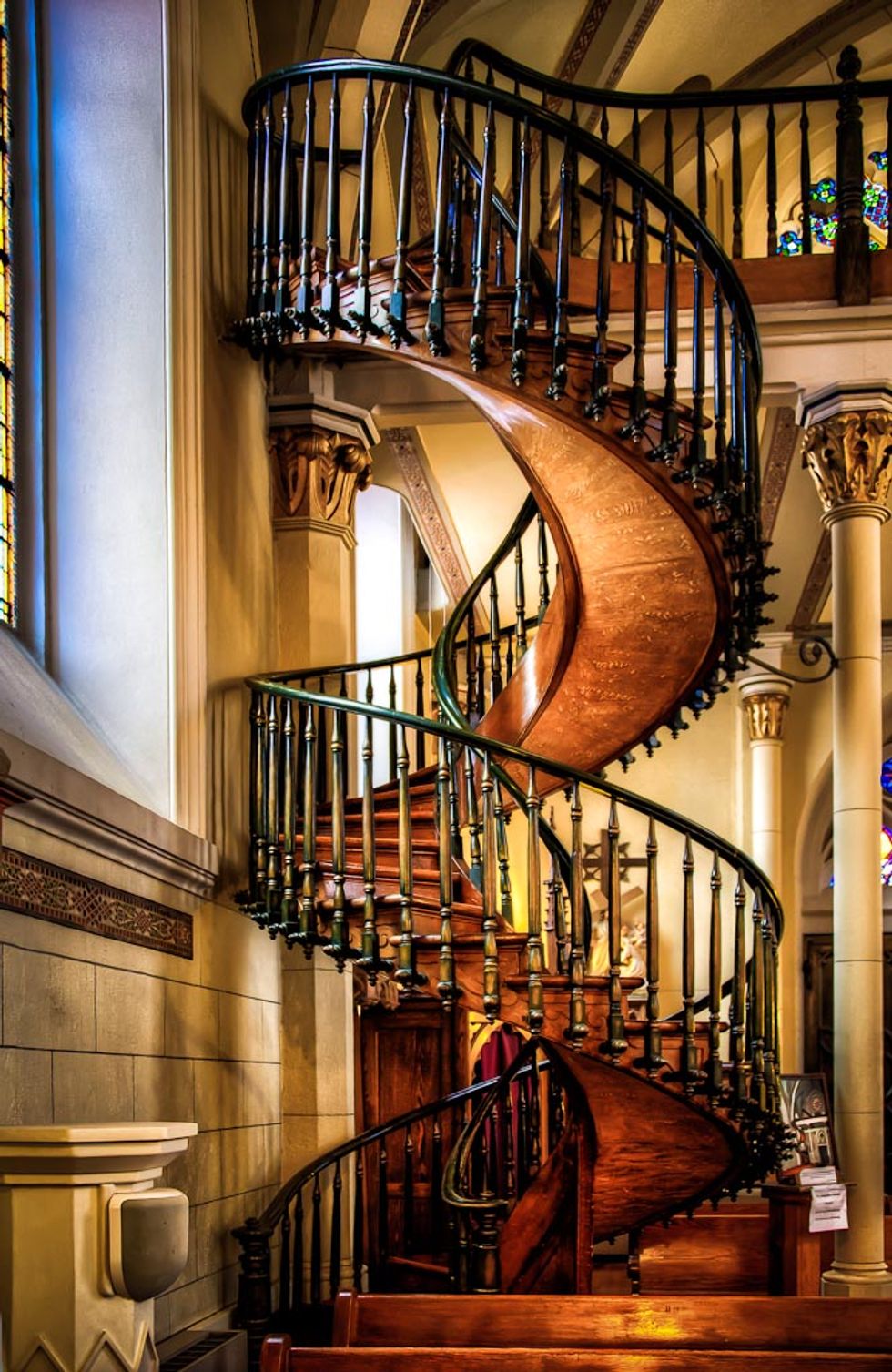Tumbling ocean waves, soaring mountains, vibrant plants, and mind-boggling architecture are some of the magnificent features that showcase Mother Earth's beauty. Although the Seven Wonders of the World are worthy of their title, there are so many other fascinating sites to explore.
1. Forest of Knives
Standing over 300 feet tall, towers of eroded, razor-sharp limestone spike through the ground and form a jagged labyrinth in western Madagascar. The Forest of Knives, or “Grand Tsingy,” which means “where one cannot walk,” is the world’s largest stone forest. Although this region of rock appears inhospitable, many animal species, including 11 types of lemur, live in the forest. The astonishing, unique forest is one of the least visited forests in the world.
2. Mt. Maelifell
In southern Iceland, surrounded by clear rivers and black sand, is Mt. Maelifell. The almost perfectly conical volcano is covered in lush green moss jutting 2,624 feet above the black sanded surface. Its incredible height and beauty will take your breath away.
3. Pamukkale Pools
The clear blue hot springs that form Pamukkale, translated as “cotton catsle” in Turkish, are the perfect destination for a relaxing spa day, as you dip your toes in the warm water and overlook southwestern Turkey. When the water (supersaturated with calcium carbonate) emerges from the springs, the calcium carbonate is released as a soft jelly. This soft jelly eventually hardens into a travertine (sedimentary rock formed from water in hot springs), forming Pamukkale's white terraces.
4. Thor’s Well
Often referred to as the “drainpipe of the Pacific,” Thor’s Well is a cavernous sinkhole located in Cook’s Chasm in Florence, Oregon. With white waves that glisten under the sun and flow through the hole, the sight will take your breath away. When the tide is high, water rushes up from the bottom of Thor’s Well, sometimes vigorously spraying out. As the water surges back down into the hole, Thor’s Well transforms into an endless drain. Publisher of Coast Explorer magazine, Gary Hayes, theorized that the sinkhole was originally a sea cave dug out by the ocean waves, eventually causing the “roof” to collapse, forming openings at the top and bottom, allowing water to surge and spray out.
5. Dwarf's Wonderland
Dwarf’s Wonderland, a magical ice cave, is located on Kamchatka Peninsula in Russia, a region filled with massive volcanoes, lakes and rivers. About half a mile long, the cave was carved out of a glacier by an underground river. When rays of sun shine through the cave’s entrance, the glacial ice walls turn purple, blue, green and yellow.
6. Fly Geyser
Found in Washoe County, Nevada, this geothermal geyser is a vibrant rainbow of colors due to thermophilic algae. In 1964, a group of scientists searched for sources of geothermal energy in the area and accidentally created the geyser while drilling. The well was either capped incorrectly or not capped at all, as dissolved minerals accumulated and created the travertine mound under the geyser, which continues to grow.
7. Derweze Forever Burning Crater
Locally known as the “Gate to Hell,” the Derweze forever burning crater is a natural gas crater spanning 230 feet wide and plunging 98 feet deep in the middle of the desert in Turkmenistan, Russia. The blazing inferno began burning in 1971, after a group of Soviet geologists set a natural gas-filled crater they accidentally created on fire. Because increased levels of methane in the atmosphere can be harmful to the surrounding wildlife, the scientists had hoped lighting the crater on fire would burn away all the natural gas after a few weeks. However, the flames have yet to stop burning, creating a vast bonfire in the desert.
8. Loretto Chapel Staircase
How this beautifully crafted wooden staircase was created still remains a mystery. In Santa Fe, New Mexico, the staircase in Loretto Chapel, also known as the “Miraculous Stair,” spirals upwards with no means of support. Standing 20 feet high, the staircase makes two complete revolutions without the use of any nails or attachment to hold the twisting stairs (ten years after it was built, a railing was added). According to the Sisters of Loretto, a disheveled stranger wandered into the church and offered to build the sisters a staircase. However, he had one condition - he needed total privacy when building the staircase. For three months, the still unknown artisan used only primitive tools and built a spiral staircase using non-native wood.
9. Nazca Lines
Deep in the Nazca Desert in southern Peru, a series of ancient geoglyphs, the Nazca Lines, still remain after 1,617 years. Hidden by mountainous terrain, many people are unaware of their existence. The Nazca made the shallow lines by removing the red pebbles and uncovering the underlying gray ground. Many of the lines form geometric shapes, animals, trees, and flowers, and the largest of the designs span over 1,200 feet. Scholars still debate the significance and meaning behind each of the designs.
10. Opera on Lake Stages
The spectacular stages constructed for summer opera performances in Austria have dazzled audiences for over 30 years. Built every two years for the Bregenz Festival, the stage sits on top of a fixed structure anchored in Lake Constance. Opera performers sing and captivate spectators on the world’s largest floating stage.



